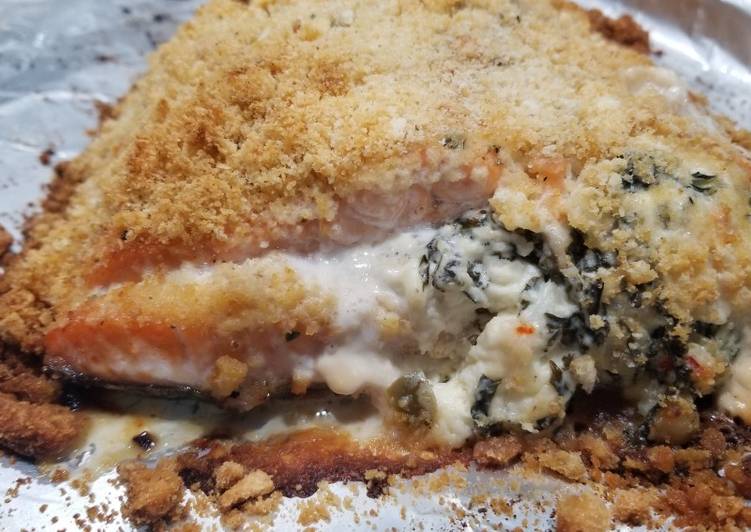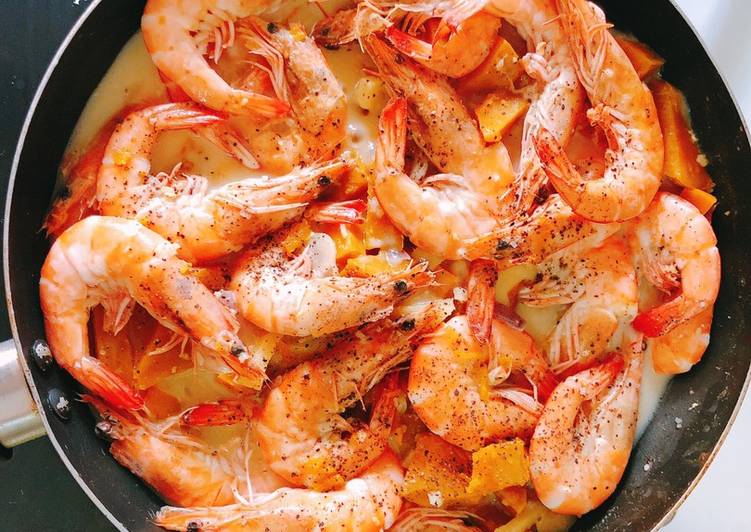
Hello everybody, I hope you’re having an incredible day today. Today, I will show you a way to prepare a special dish, nanban style oyster with grated daikon radish. It is one of my favorites. This time, I’m gonna make it a little bit tasty. This will be really delicious.
Nanban Style Oyster with Grated Daikon Radish is one of the most popular of current trending foods in the world. It’s simple, it is quick, it tastes yummy. It is appreciated by millions daily. They are fine and they look wonderful. Nanban Style Oyster with Grated Daikon Radish is something that I have loved my whole life.
Daikon oroshi means grated daikon radish in Japanese. Raw daikon radish contains digestive enzymes such as amylase, protease, and As a condiment, daikon oroshi is used not only on grilled fish, but also in preparing Japanese-style burgers, Japanese-style. The grated daikon goes great with the fried fish and rice cake.
To get started with this recipe, we must first prepare a few components. You can have nanban style oyster with grated daikon radish using 8 ingredients and 6 steps. Here is how you can achieve that.
The ingredients needed to make Nanban Style Oyster with Grated Daikon Radish:
- Take 200 grams Oysters
- Take 50 ml ● Ponzu
- Take 1 tbsp ● Sugar
- Take 1 tsp ● Grated garlic
- Make ready 2 tsp ● Grated ginger
- Make ready 1 tsp ● Sesame oil
- Get 1 generous amount Grated daikon radish
- Prepare 1 generous amount Chopped green onions
Cold kishimen with Shrimp tempura, Boiled white bates, Grated daikon radish , and Egg at the Marunouchi branch of Dondonan in Nagoya city. If you have bought them with the tops on, take off and discard the tops, and store in a plastic bag in the. Braised Japanese daikon radish, known simply in Japanese as "daikon no nimono" is a very common dish that is served in the winter when daikon is typically in the season. Slowly simmering the daikon brings out its natural sweetness and highlights the mellowness of this root.
Instructions to make Nanban Style Oyster with Grated Daikon Radish:
- Add all the ingredients of ● in a pan and bring it to a boil to dissolve the sugar (you can microwave it also).
- Put the oysters in a strainer, coat them with 1 rounded tablespoon of katakuriko (not listed). Mix by hand to let the katakuriko coat them, then rinse them under running water. Drain the oysters.
- Sprinkle katakuriko (not listed) on the oysters, pan-fry them over high-heat in the desirable amount of heated oil (not listed) until crunchy. (If you have leftover garlic, use it as well.)
- Marinate the oysters in the sauce from Step 1 for a while. If you are saving them, transfer them into a container and stock in the refrigerator.
- Right before serving, top them with grated daikon radish and sprinkle on the chopped green onions and it is done.
- The oysters are marinated in the sauce so you can enjoy them for 2 to 3 days.
The Nanban trade (南蛮貿易, Nanban bōeki, "Southern barbarian trade") or Nanban trade period (南蛮貿易時代, Nanban bōeki jidai, "Southern barbarian trade period". grated radish device with draining net. grater plate has good sharpness in a special dressing triangular blade is placed in the front, rear, left and right symmetry, quickly sliding grated with a light force. JapanBargain, Japanese Radish Radish grater Daikon Oroshi Grater for Ginger White Turnip Garlic… Assorted fresh fishes, shredded daikon, radish sprouts, bonito flakes, kombu ponzu dressing. Grilled yellowtail collar, grated daikon with ponzu sauce. Fried chicken, nanban sauce, tartar sauce. White fish tempura, cucumber, topped with yellowtail, scallion, shiso, wasabi tobiko, ponzu with grated ginger.
So that is going to wrap this up for this exceptional food nanban style oyster with grated daikon radish recipe. Thank you very much for reading. I am confident that you can make this at home. There is gonna be interesting food in home recipes coming up. Don’t forget to save this page in your browser, and share it to your family, friends and colleague. Thanks again for reading. Go on get cooking!


